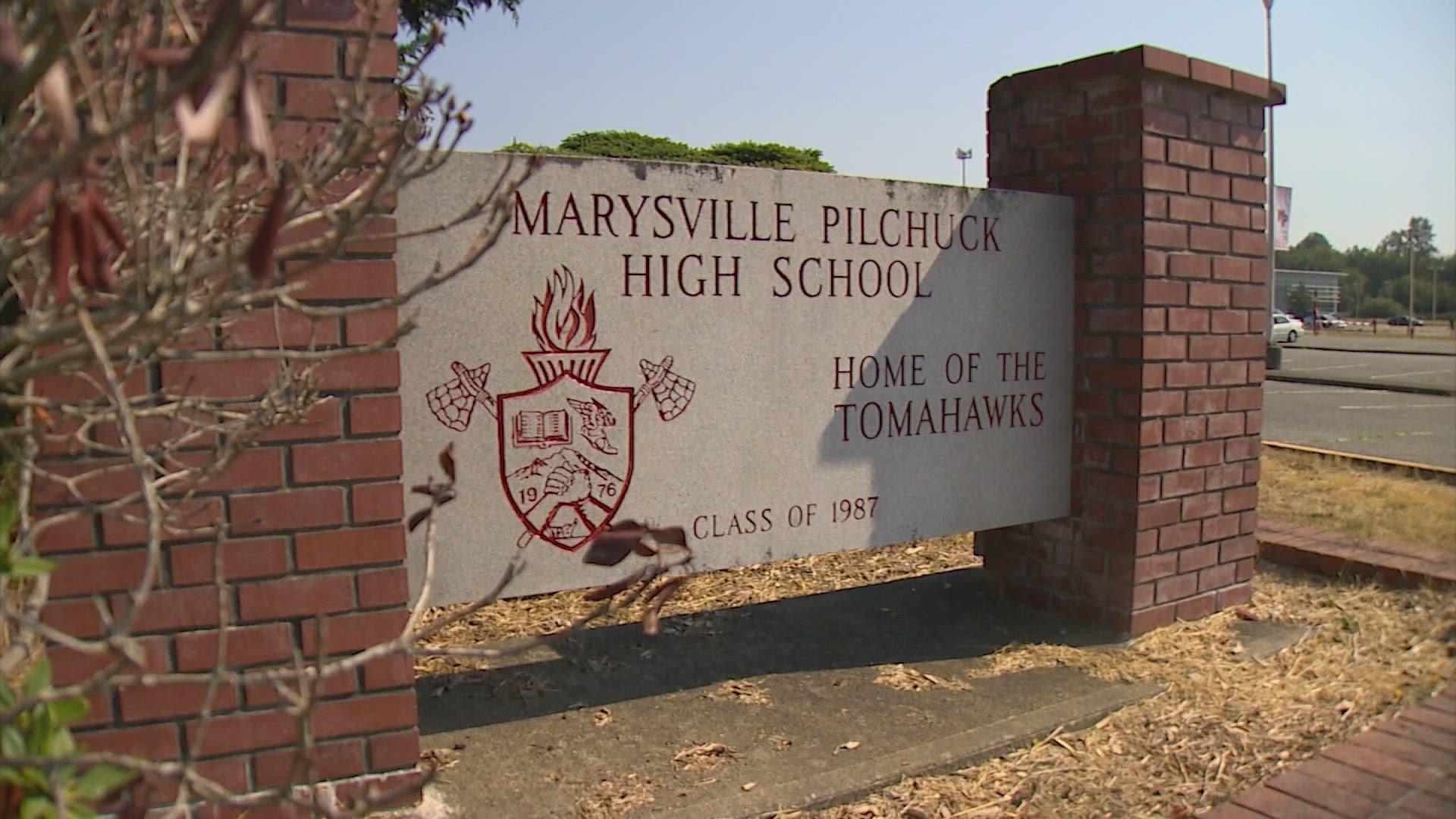MARYSVILLE, Wash. — Less than three weeks before the first day of school, teachers and students in the Marysville School District have no idea what that day will look like because of a deepening financial deficit.
A district spokesperson says Marysville schools are as much as $28 million dollars in the red for the coming school year.
The district attributes the cuts to declining enrollment, inadequate state funding, two failed school levies and the end of federal COVID relief money.
Marysville has already given layoff notices to 45 teachers. The district will not fill the vacancies left by an additional 35 teachers who retired or resigned last year.
Now, district officials are warning of additional cuts across the board, including staff.
Because it can't balance its budget the district is now required to work with the state to get its finances back on track.
Marysville is now preparing to enter into "binding financial conditions" with the state.
Two levies failed to pass in 2022, but voters did approve a levy last February.
That money, however, won't be available until next year.
A school district spokesperson says the district is now hoping the state will allow it to essentially borrow against that money to avoid further cuts this year.
Marysville has already cut teachers, instructional programs, technology, and online learning.
It has also eliminated six administrative positions and three assistant principals.
Middle school sports have been cut, but officials don't expect any additional reductions to athletics.
Extracurricular activities and field trips, however, may be eliminated.
“We are taking these difficult steps to ensure the long-term health of our district,” said Dr. Lisa Gonzales, Executive Director of Finance & Operations. “We appreciate the understanding of our employees, families, and the Marysville and Tulalip communities during this time.”
In a press release, the district says it's confident the budget cuts will be temporary.
However, a spokesperson says it will take time to improve the district's overall fiscal health.

